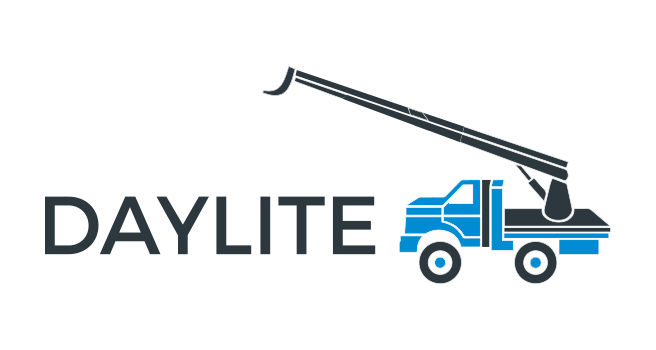The California Energy Commission recently updated its Title 24 Energy Efficiency Standard altering what’s “up to code” for commercial buildings. The new standards took effect January 1, 2014. There are many changes under this title that will require local businesses to change their lighting usage completely. Some of the requirements include installing photo sensors, occupancy sensors and multi-level lighting controls for both indoors and out. These new requirements are making adaptive lighting the new standard in California. These standards were created to help the state meet its energy and climate goals.
With a requirement to decrease electrical lighting consumption by 80% by 2020 and residential consumption by 100% (with a net goal of zero) by 2020, it makes sense that these requirements seem extreme and costly to business owners. Did you know that lighting currently accounts for nearly 30 percent of California’s electricity use?
The most important change to the 2016 Title 24 standards, in terms of energy savings, is that many more retrofit projects will be required to meet the new-construction standards for lighting than under the 2008 code.
Non-residential lighting changes.
Under the current non-residential building code, photosensor controls are only required in daylit spaces over 2500 square feet, now with the new standard they are requiring that photocontrols are in all interior daylit spaces with at least 120W of installed lighting power. This change in criteria significantly expands the number of spaces required to use photocontrols, affecting virtually every office or commercial space with skylights or windows.
Outdoor lighting in parking garages, lots, and loading and unloading areas are also directly affected with this new code. They are requiring that in all areas install occupancy sensors and controls will be required in aisles and open areas within warehouses as well. The same goes for the book stacks of libraries and non-residential corridors and stairwells. These controls will have to reduce lighting power in these spaces by at least 50 percent during unoccupied periods of time. This particular aspect of the code is supported by numerous demonstrations conducted through California’s SPEED program and UC Davis’s California Lighting Technology Center (CLTC). Case studies of adaptive corridor lighting consistently measure energy savings of 50 percent or more.
Under Title 24 today, buildings can keep approximately 15 percent of their full lighting capacity on overnight and during weekends, for security purposes. But under this new standards, areas of buildings that are not occupied 24/7 will no longer be able to leave the lights on. The only exception to this rule will be for offices that need to be open 24/7. However, they will only allow lighting along designated paths of egress, and at a reduced maximum of just 0.05 W per square foot (versus the 0.3 W per square foot allowed under the 2008 code).
The lighting in parking garages, lots, and loading and unloading areas will also be required to have occupancy controls, with at least one step between 20 and 50 percent of full lighting power. Parking garages will be allowed a maximum of 500W per occupancy sensor. Case studies show that installing adaptive LED lighting in parking garages typically yields energy savings between 40 and 70 percent, depending on occupancy rates, light sources and other variables. When this is applied statewide, the new requirements for adaptive parking and garage lighting promise to yield significant energy savings.
Outdoor Lighting Changes
Motion sensor controls will be required, in addition to photocontrols and scheduling controls, for all outdoor lighting mounted 24 feet above the ground or lower and for any incandescent luminaires over 100 watts. Controls must reduce lighting power to each luminaire by at least 40 percent when the lights are not in use.
Changing the light pollution/trespass language, the new code will do away with the old cutoff system used for classifying outdoor luminaires up to 175W. Instead, luminaires up to 150W will have to comply with the IESNA’s BUG system for assessing backlight, uplight and glare. This brings the code language up to date for those lighting designers and engineers who have already adopted the BUG rating system in their efforts to minimize light trespass, light pollution and glare hazards.
Residential lighting changes
The changes to this aspect of the 2016 rules are not numerous, but they do introduce requirements for high-efficacy sources as well as vacancy sensors and controls in bathrooms, utility rooms and other spaces. The 2016 regulations also call for better skylights and high-performance windows.
In addition to the changes to Title 24, California is currently developing a voluntary quality specification that will apply to LED replacement lamps. The standard is designed to help utility rebate programs and consumers identify which LEDs are capable of delivering good color rendering (90 CRI or above) and incandescent-like light quality (with a CCT of 2700K or 3000K) for a fraction of the energy use.
For more information on how Daylite Maintenance can help your business keep up with California’s New Title 24 through installation and retrofitting, please contact us.
